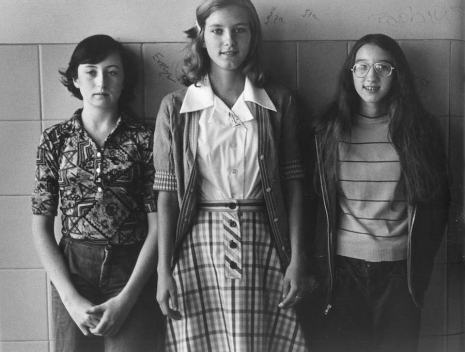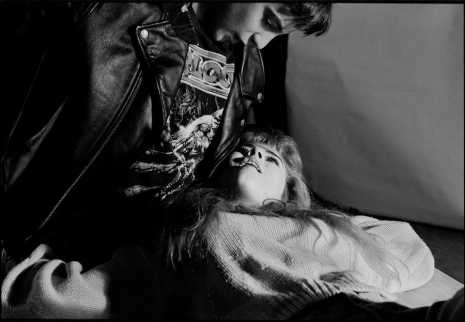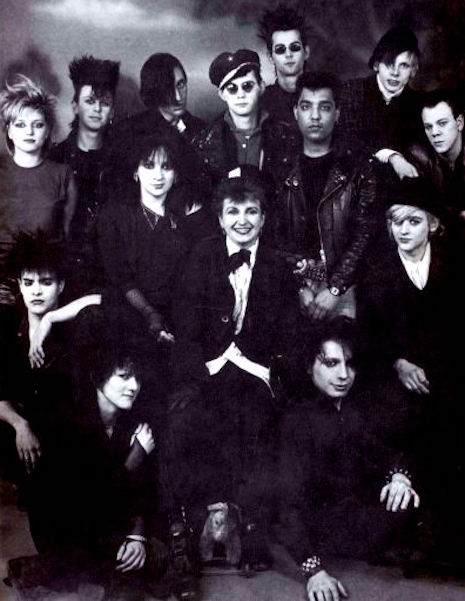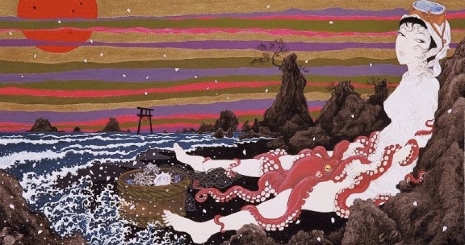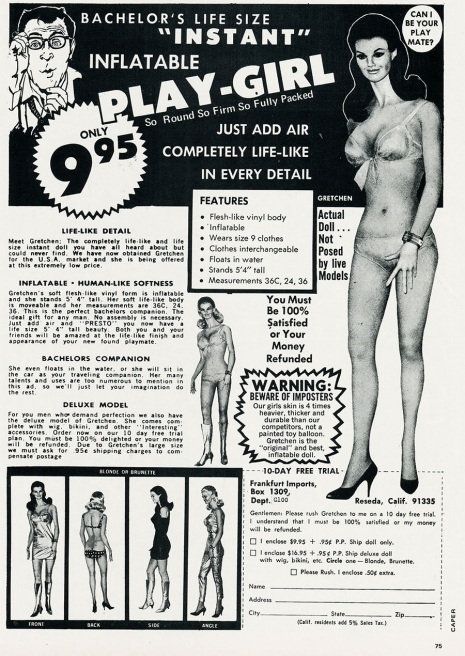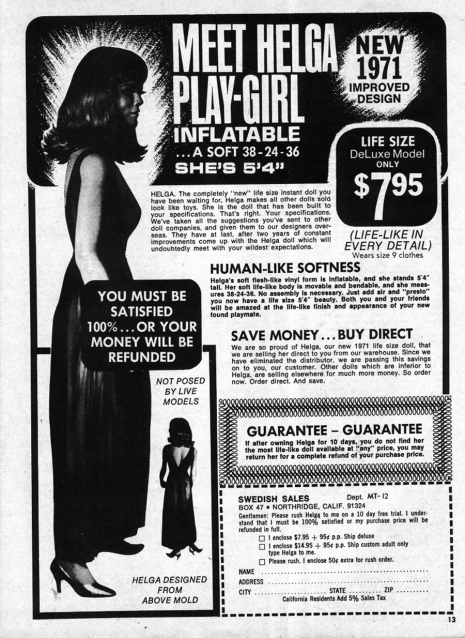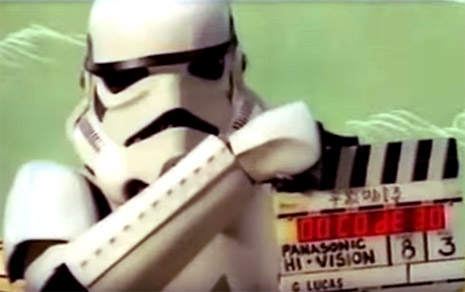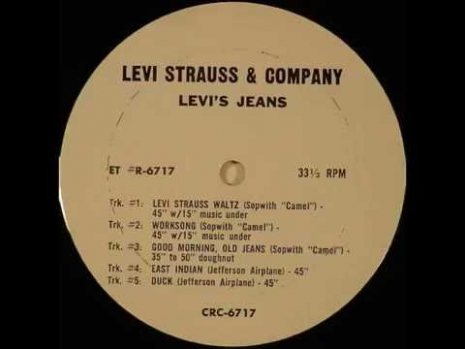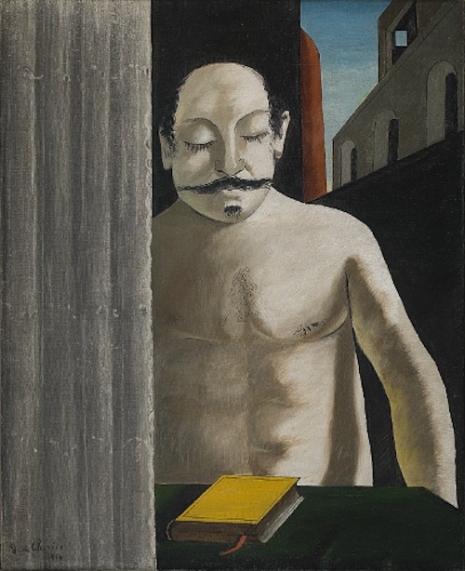
At 2:00 am on July 26th, 1967, the Detroit Police Department received a call: “At the Algiers Motel, check for dead persons.” When police arrived, they found the bodies of three black teenagers. It was Day 4 of rioting in the city, which would prove to be one of the most damaging community events in American history. What became known as “the Algiers Motel incident” is the most infamous episode to take place during the uprising.
There were a number of issues in the city of Detroit that led to the July 1967 rebellion (it’s still debated how the event should be categorized), but police brutality—namely the use of violence by the largely white police force against the city’s majority black residents—was front and center. During the early hours of July 23rd, police raided a blind pig located at 12th Street and Clairmount Avenue on the city’s near west-side. As rumors circulated that officers had beaten some of those arrested, a young black man threw a rock at a cop car. It wasn’t long before someone broke a store window and people began looting. Hundreds of fires were set over the next few days, as residents clashed with local and state police, and eventually the National Guard, while looting continued. On July 27th, order was restored and the disturbance officially ended. All told, they were over 7,000 arrests, nearly 1,200 injuries, and 43 people died. Many of those who lost their lives were killed because they were—mistakenly—thought to have been snipers.

12th Street, July 23rd, 1967.

National Guardsmen, with weapons drawn, as city residents look on.

A National Guardsman watches for snipers amidst the chaos.
Not long after midnight on the morning of July 26th, sniper fire was reported coming from the area around the Algiers Motel—specifically the Algiers manor house, which was adjacent to the Woodward Avenue motel on Virginia Park Street. Police and National Guardsmen moved in quickly on the manor. By the time law enforcement left the scene, Aubrey Pollard, 19, Fred Temple, 18, and Carl Cooper, 17, were dead. Five days later, the Detroit News broke the story. In his 1968 book on the subject, The Algiers Motel Incident, author John Hersey noted what had become evident.
It is by now, on Monday, July 31, clear that the killings in the Algiers were not executions of snipers, looters, or arsonists caught red-handed in felonious crimes in the heat of a riot, but rather that they were murders embellished by racist abuse, indiscriminate vengeance, sexual jealousy, voyeurism, wanton blood-letting, and sadistic physical and mental tortures characterized by the tormentors as ‘a game.’
The Algiers Motel Incident was written quickly and was controversial upon release; Hersey received much in the way of criticism for its seemingly haphazard structure. Reading it nearly fifty years after it was published, I would argue that the narrative is purposeful, with often powerful results. Hersey interviewed everyone he could, including traumatized witnesses, distraught family members, and, incredibly, the security guard and three police officers suspected of wrongdoing. The book is undeniably harrowing and heartbreaking.

Aubrey Pollard’s parents: Aubrey Pollard, Sr. and Rebecca Pollard. Their grief is palpable in the pages of ‘The Algiers Motel Incident.’
When I’m not writing for Dangerous Minds, I’m working as an archivist at the Walter P. Reuther Library, which is a part of Wayne State University in Detroit. Danielle L. McGuire, an associate professor in the history department at Wayne State, has been conducting research at the Reuther for a book she is writing on the Algiers episode. Her essay, “Murder at the Algiers Motel,” has been included in the new anthology, Detroit 1967, published by Wayne State University Press. We have an excerpt from Danielle’s stirring account of the waking nightmare that was the Algiers Motel incident.

View of the Algiers Motel, with the manor in the background, July 1967.
In the early-morning hours of July 26, 1967, a flurry of Detroit police officers, National Guardsmen, and state police officers, led by Senak and two of his colleagues, raided the Algiers Motel after hearing reports of heavy “sniper fire” nearby. The Algiers, a once-stately manor house in the Virginia Park neighborhood of central Detroit, was a relatively seedy place, what Hersey described as a “transient” hotel, with a reputation among police as a site for narcotics and prostitution. But that night, because of the uprising and citywide curfew, many people sought refuge at the Algiers, including two white runaways from Ohio, a returning Vietnam veteran, and the friends and members of the Dramatics, a doo-wop group who performed songs like “Inky Dinky Wang Dang Do” at the Swinging Time Revue, headlined by Martha Reeves and the Vandellas, downtown at the Fox Theater.
According to one witness quoted in the Detroit News on August 2, it was a “night of horror and murder.” Just past midnight, police and soldiers tore through the motel’s tattered halls and run-down rooms with shotguns and rifles. They ransacked closets and drawers, turned over beds and tables, shot into walls and chairs, and brutalized motel guests in a desperate and vicious effort to find the “sniper.” At some point during this initial raid, David Senak and Patrolman Robert Paille encountered Fred Temple, a teen on the phone with his girlfriend. Senak and Paille barged into the room, startling Temple, who dropped the phone. According to Senak, quoted in Sidney Fine’s Violence in the Model City, he and Paille fired “almost simultaneously” at Temple, who crumpled to the ground in a pool of blood.
When Senak and Paille failed to find any weapons, Senak ordered all the guests against the wall in the first-floor lobby. One of the young black men at the hotel that night, seventeen-year-old Carl Cooper, rushed down the stairs and came face-to-face with a phalanx of heavily armed police and guardsmen. A witness, quoted in a report by Detective Inspector Albert Schwaller, heard Cooper say, “Man, take me to jail—I don’t have any weapon,” just before hearing the gunshot that tore through his chest.
Police herded the other guests, a group of young black men and two white women, past Cooper’s bloody corpse, into the gray and beige magnolia- papered lobby, and told them to face the east wall with their hands over their heads. Even though two young men were already dead, the lineup was the beginning of what Hersey called the “death game.”
The details of exactly what happened next are complicated and convoluted—clear memories forever lost to the chaos of the moment, the tricks of time, and the disparate recollections of the survivors traumatized by violence and terror. But this is the gist of what we know: three Detroit policemen, David Senak, Ronald August, and Robert Paille, and a private guard, Melvin Dismukes, took charge of the brutal interrogation. They wanted to know who had the gun, who was the sniper, and who was doing the shooting.
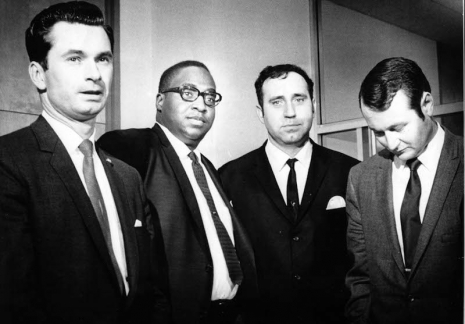
L-R: Ronald August, Melvin Dismukes, Robert Paille and David Senak. Federal conspiracy trial, February 25th, 1970.
When the young men and women who were lined up against the wall denied shooting or having any weapons, the officers mercilessly beat them, leaving gashes and knots on the victims’ heads and backs. According to another witness interviewed by Schwaller, a police officer “struck [a] Negro boy so hard that it staggered [him] and almost sent him down to his knees.” A military policeman, part of the contingent of federal paratroopers and National Guardsmen sent to help restore order in Detroit, who arrived at the Algiers in the midst of the raid, is cited by Fine as seeing a Detroit patrolman “stick a shotgun between the legs of one male and threaten to ‘blow his testicles off.’” Senak and his colleagues raged against the two white women working as prostitutes at the Algiers, Karen Malloy and Juli Hysell, calling them “white niggers” and “nigger lovers.” Both women testified that police ripped off their dresses, pushed their faces against the wall, and smashed guns into the their temples and the small of their backs. Roderick Davis, the stocky Dramatics singer who sported a stylish conk and moustache, told Hersey that Senak sneered, “Why you got to fuck them? What’s wrong with us?” Another witness told Schwaller that he heard one of the cops say, “We’re going to get rid of all you pimps and whores.”
Then, the “death game” really began. The police pulled the unarmed men one by one into different rooms and interrogated them at gunpoint. Davis told Schwaller that Senak took him into a room, forced him to lie down, and then shot into the floor. “I’ll kill you if you move,” Senak said as he left the room and returned to the lobby.
Keep reading after the jump…

